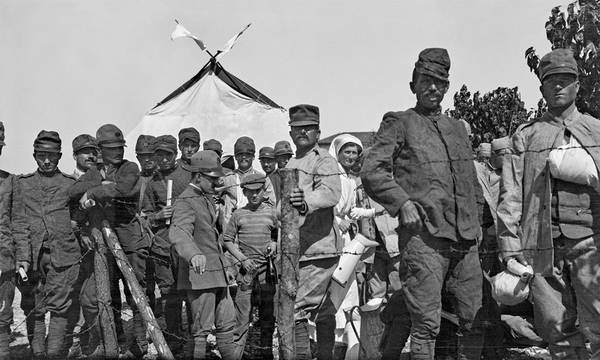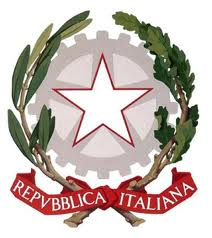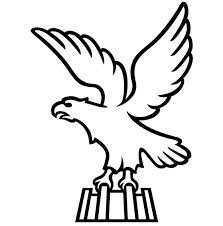Caporetto, 100th anniversary, Italy's biggest defeat
On October 24, 1917, battle began and ended a month later
21 October, 15:50After a two-day fight, the Austro-Hungarian and German troops, though worn-out by an endless war, breached the front line and reached the river Piave. The worst defeat in the history of the Italian army.
The Battle of Caporetto/Kobarid was the twelfth along the river Isonzo. With immense loss of life, nearly seventy-year-old General Luigi Cadorna had managed to conquer Gorizia the previous year, but the endless fighting in the Karst continued.
The empire's armies reacted on the eve of winter, since the army commitment on the eastern front could be decreased, due to the imminent collapse of Tsarist Russia, overwhelmed by the Bolshevik revolution.
The attack was envisioned by the largest Italian command, but the military leaders had underestimated its scope and objectives, thus putting in place hesitant and inadequate defensive strategies.
In a short time, retreat and defeat occurred. The final death toll was over ten thousand dead, thirty thousand injured and nearly three hundred thousand soldiers captured. The displaced soldiers were four hundred thousand, along with some sixty thousand civilian refugees, who were housed in camps of huts, hotels, religious structures and flats in Veneto, behind the new front line, established on the Piave on November 9 by Cadorna before his resignation and aappointment of Armando Diaz.
The turning point came exactly a year after the Caporetto defeat, after a long phase of resistance on the Piave line that had succeeded in slandering the Austro-German military. On October 24, the Italians advanced, and Vittorio Veneto became the icon of the rescue after Caporetto. On November 4, the armistice of Villa Giusti came into force, marking the fulfillment of territorial unity for Italy, to be celebrated until 1976 as a national holiday. On the previous day (Nov. 3), Italian troops landed in Trieste and occupied Trento.
The Risorgimento dream was accomplished, but after the long postwar period of fascism and violent denationalization processes that the Slovenes had to suffer after annexation to the Kingdom of Italy. Kobarid/Caporetto, annexed by Italy in 1920, suffered, too. The horror of a world war would reappear twenty years later, gathering this time on the same front Italy, Germany and Austria, overwhelmed by the totalitarian ideologies, legacy of WW1 to European societies.(ANSA).














